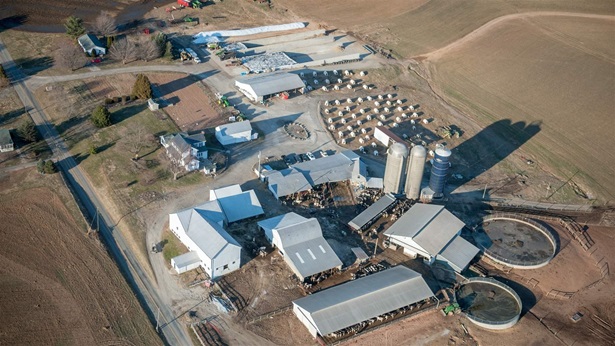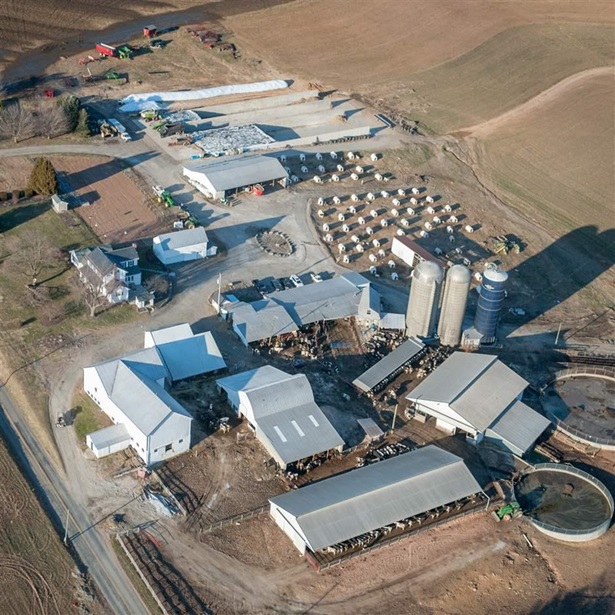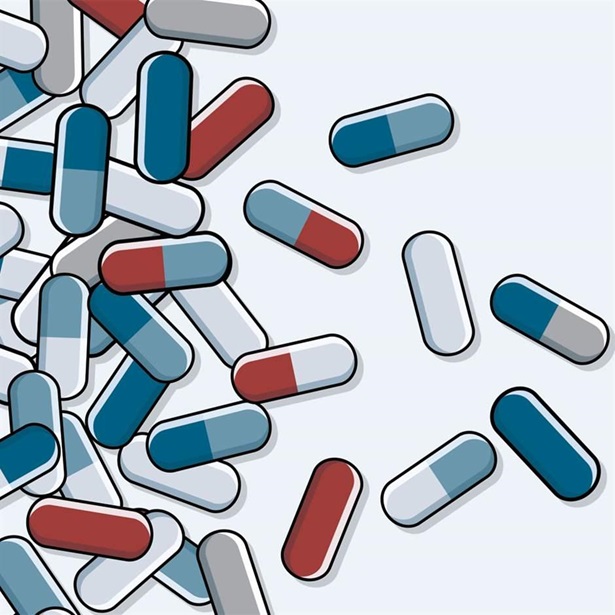Antibiotic Sales for Animal Agriculture Increase Again After a Two-Year Decline
FDA should act now to enhance data on use of antibiotics on U.S. farms
The quantities of antibiotics sold for use in U.S. food-producing animals increased 9 percent in 2018, according to recent data from the U.S. Food and Drug Administration. This rise in sales ends a two-year decline that followed the implementation of an FDA policy prohibiting the use of medically important antibiotics as growth promoters and establishing veterinary oversight. Stakeholders had hoped that this decline signified the beginning of a downward trend after sales rose 24 percent from 2009 to 2015. The recent increase now raises concerns about the long-term effectiveness of policy changes intended to ensure judicious antibiotic use in animal agriculture and underscores the need for more comprehensive data to explain what caused it.
Especially concerning were noticeable increases in the use of several antibiotics that are particularly important for human health. For example, use of aminoglycosides, which the World Health Organization considers critically important and which are often used to treat people with dangerous Gram-negative infections, increased by 13 percent from the previous year. That uptick is worrisome because antibiotic use in any setting drives resistance. Thus, antibiotics that are particularly important to human health should be used sparingly.
Another troubling aspect was a 13 percent increase in sales of animal feed antibiotics. This is particularly concerning because feed antibiotics tend to be used more broadly and for longer periods than antibiotics administered through water or injection.
This data is valuable in that it is the only national estimate of antibiotic use in food animal production. However, more publicly available information is needed to explain what drove these increases, what the recent increases mean for U.S. stewardship efforts, and how and why these antibiotics are being used on U.S. farms. Such information would allow for a better understanding of the efficacy of FDA policies designed to ensure more judicious antibiotic use in animals and would help guide stewardship efforts.
The good news is there are clear steps that the FDA can take now to improve the quality of antibiotic data and the usability of future sales data reports. The agency should:
Finalize a proposal that would add additional context for data
The FDA has acknowledged that changes in animal populations over time make it difficult to interpret sales data, and it proposed a solution more than two years ago. This method, known as biomass adjustment, places antibiotic sales data in context by estimating the size of the animal population potentially requiring the drugs. It could help explain the trends and fluctuations in antibiotic use that may be affected by changes in the animal population—for instance, differences in animal life span, species and production class, or management practices. This new sales data underscores the need for the FDA to finalize and implement this proposal now.
Release findings from federally funded studies on antibiotic use practices
In recent years, the FDA has funded on-farm research studies to collect data that would add context on how and why antibiotics are being used in food animals. However, so far the findings have been released only for poultry and not swine and cattle, which account for about 80 percent of antibiotic sales according to the FDA data. These increases in antibiotic sales make it clear that data from these studies are needed now more than ever, and the FDA should commit to a timeline for releasing the findings from the remaining studies.
Accelerate implementation of FDA’s 5-year plan
The data makes clear the need for better antibiotic stewardship in animal agriculture. The FDA can—and should—act now to ensure more judicious antibiotic use by requiring veterinary oversight for all antibiotics important to human medicine, investing in non-antibiotic alternatives for managing diseases, and ensuring clear limits on how long each of these antibiotic should be used. The FDA has already committed to these and other important policies in its five-year plan, which Pew encourages the agency to implement as soon as possible.
Karin Hoelzer, a veterinarian by training, leads The Pew Charitable Trusts’ work on antibiotic use in animal agriculture.


Reports Offer Valuable Information on Antibiotic Stewardship in U.S. Agriculture


FDA Proposal Would Support Fight Against Antibiotic-Resistant Bacteria










